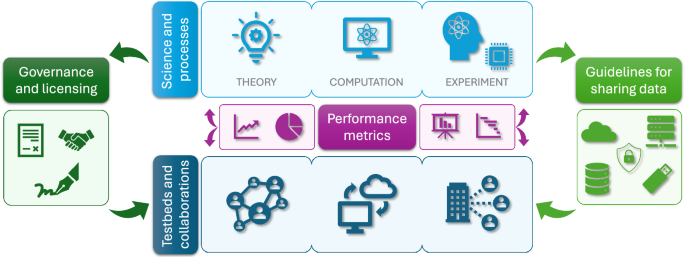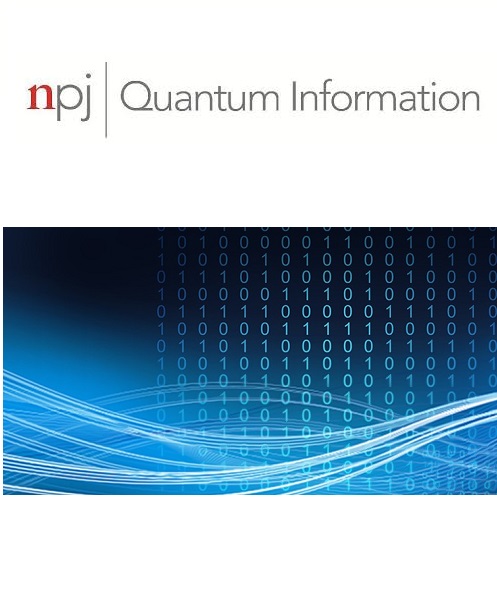量子点设备自动化的数据需求和挑战
IF 6.6
1区 物理与天体物理
Q1 PHYSICS, APPLIED
引用次数: 0
摘要
栅极定义的量子点是实现可扩展的耦合量子比特系统和作为量子计算机基本构件的一种有前途的候选系统。然而,目前的量子点器件存在一些必须考虑的缺陷,这阻碍了表征、调谐和运行过程。此外,随着量子点量子比特数量的不断增加,相关参数空间也在不断扩大,使得启发式控制变得不可行。因此,当务之急是开发可靠且可扩展的自主调谐方法。本会议报告概述了当前量子点器件调谐和运行自动化所面临的挑战,尤其关注数据集、基准测试和标准化。我们还介绍了量子点社区就如何克服这些挑战提出的见解和想法。我们旨在为投入自动化工作的研究人员提供指导和启发。本文章由计算机程序翻译,如有差异,请以英文原文为准。

Data needs and challenges for quantum dot devices automation
Gate-defined quantum dots are a promising candidate system for realizing scalable, coupled qubit systems and serving as a fundamental building block for quantum computers. However, present-day quantum dot devices suffer from imperfections that must be accounted for, which hinders the characterization, tuning, and operation process. Moreover, with an increasing number of quantum dot qubits, the relevant parameter space grows sufficiently to make heuristic control infeasible. Thus, it is imperative that reliable and scalable autonomous tuning approaches are developed. This meeting report outlines current challenges in automating quantum dot device tuning and operation with a particular focus on datasets, benchmarking, and standardization. We also present insights and ideas put forward by the quantum dot community on how to overcome them. We aim to provide guidance and inspiration to researchers invested in automation efforts.
求助全文
通过发布文献求助,成功后即可免费获取论文全文。
去求助
来源期刊

npj Quantum Information
Computer Science-Computer Science (miscellaneous)
CiteScore
13.70
自引率
3.90%
发文量
130
审稿时长
29 weeks
期刊介绍:
The scope of npj Quantum Information spans across all relevant disciplines, fields, approaches and levels and so considers outstanding work ranging from fundamental research to applications and technologies.
 求助内容:
求助内容: 应助结果提醒方式:
应助结果提醒方式:


